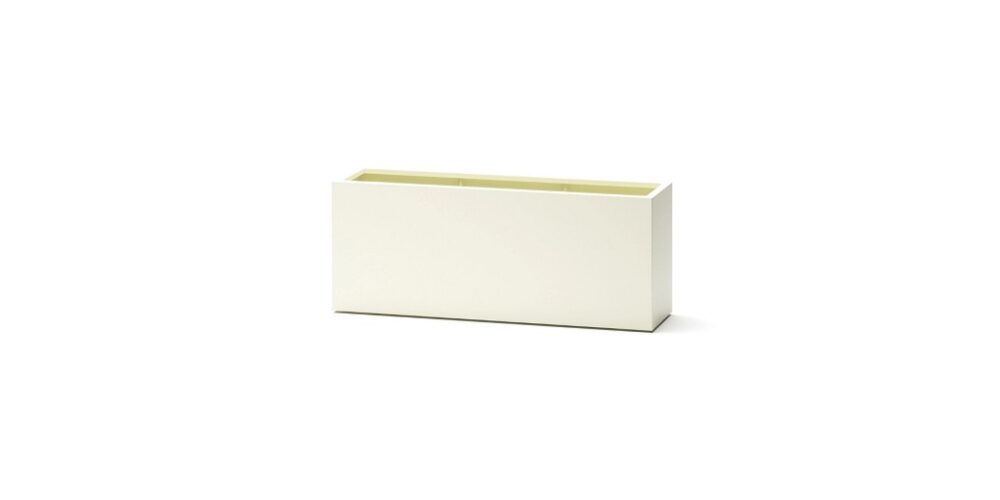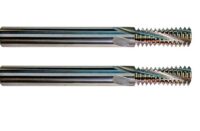Do you like hummingbirds? Who doesn’t! These beautiful little gems liven up any outdoor space with their bright green and red coloration and saucy little attitudes.
Here in the east, we only have ruby-throated hummingbirds, but out west, there are black-chinned, rufous, and calliope hummingbirds, along with mountain gems, among many other species.
To some gardeners, these birds can seem elusive, but they don’t have to be difficult to attract. If you’re thinking about trying to attract them to your courtyard, consider these tips.
Grow Plants with Red Flowers in Your Modern Outdoor Planters
For whatever reason, hummingbirds are attracted to the color red, like some little sort of antithetical answer to the metaphorical bull.
Hummingbirds will naturally find plants with red flowers, whether or not those flowers are suitable for them as food. In fact, hummingbirds can sometimes be observed checking out red bits of metal in gardens, and even car taillights.
Nonetheless, red petunias, impatiens, clematis, and even morning glories with red blooms will call them in, despite the fact that these plants don’t typically make good forage for hummingbirds.
In fact, planting these plants may offer another benefit: they can attract insects that hummingbirds occasionally use as sources of protein.
Grow Plants That Attract Hummingbirds and Put Out Feeders
The next best thing you can do to attract hummingbirds is to actually plant plants in your modern outdoor planters that can furnish them with a bit of energy!
Plants that attract hummingbirds include:
● Trumpet honeysuckle
● Trumpet creeper
● Cardinal flower
● Coral honeysuckle
● Bee balm
● Scarlet sage
● Hummingbird sage
● Clove pink
● Butterfly bush
● Larkspur
● Lupine
● Phlox (especially cultivars with red flowers)
If you don’t have the space or your courtyard simply doesn’t have the configuration to make this work, you can place out hummingbird feeders that will attract them.
Whatever you do, go with a hummingbird feeder that has a body or bottle that is brightly colored red, and has noticeable red or yellow spouts – these will attract hummingbirds from far and wide.
Fill these feeders with sugar water. You can buy commercially available hummingbird food, but it contains dyes and other additives that can potentially be harmful to your hummingbirds. Making your own is just as easy, if not more cost-effective.
Simply mix one part white sugar with four parts water. You can heat up or even boil the water to encourage the sugar to completely dissolve. No need to mix anything else in!
Discourage Insects like Ants and Wasps from Frequenting the Feeders
It’s also important to keep in mind that insects, like wasps and ants, also like sugar water. These insects can also bite and sting and can put up one heck of a fight against a little hummingbird.
If these insects, wasps especially, are guarding a feeder, hummingbirds will avoid it. So make sure to keep an eye out for these.
There are also special baffles you can buy or make to keep ants away – so consider using these.
Keep Feeders Clean
It is equally important that you keep your feeders clean. Both mold and bacteria will readily infect hummingbird feeders and can make the birds sick or even kill them.
If you notice your hummingbird feeders have developed a film, become cloudy or changed color, dump, clean, and refill them immediately.
Otherwise, a general good practice is just to empty, clean, and refill them periodically, whether it appears that they need it or not.
Place a Birdbath in the Area
One more tip you can follow to attract hummingbirds is to place a small birdbath in the area. All birds need water so hummingbirds are no exception.
If you don’t have a birdbath, you can easily improvise one with a dish or even an inverted frisbee – this doesn’t have to be hard and it’s one of the easiest ways to make a courtyard hummingbird-friendly.
But, all the same, if you don’t want to work harder, just place the feeder in close proximity to a natural source of standing water.












